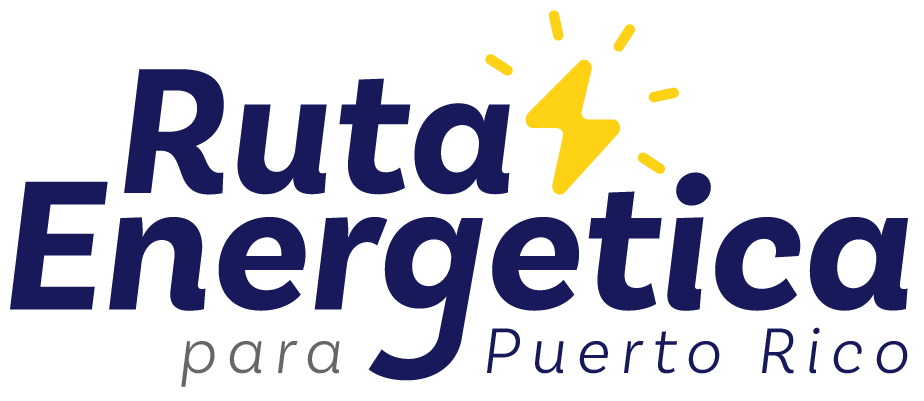About
The Financial Oversight and Management Board for Puerto Rico (Oversight Board) and the U.S. Department of Energy (DOE) together developed this website to enhance transparency and support understanding of the process of energy system recovery and transition. The Oversight Board was created under the Puerto Rico Oversight, Management, and Economic Stability Act of 2016 (PROMESA) to provide a method for Puerto Rico and covered entities like the Puerto Rico Electric Power Authority (PREPA) to achieve fiscal responsibility and access to capital markets.
Back-to-back hurricanes in 2017 damaged around 80% of Puerto Rico’s electric grid. Since then, the U.S. government has allocated nearly $20 billion in federal disaster recovery funds for the energy system through multiple agencies and departments. PREPA; LUMA Energy; Genera PR; the Central Office for Reconstruction, Recovery and Resiliency (COR3); and the Puerto Rico Energy Bureau (PREB) are partners in strategically investing federals funds in the energy system to reconstruct and modernize the grid, and to reach renewable energy mandates.
Puerto Rico’s energy transition is not complete. Energy is not yet reliable. Only a small part of the money provided by the U.S. government has been spent. This website provides information about where the transition stands and tracks its progress.
Tracking Progress Towards More Reliable Energy
The electric service the people of Puerto Rico receive continues to be of lower quality than people in the 50 U.S. states. In fiscal year 2024 (October 2023 – September 2024), PREPA’s customers experienced an average of seven times more service interruptions than customers of the median U.S. utility (7.5 annually compared with 1.1 for median U.S. utility customers). Similarly, the average duration of power outages was approximately 15 times longer for PREPA customers than for median U.S. customers in the same time period.
LUMA reports quarterly on the reliability of Puerto Rico’s energy system in terms of duration and frequency of outages. Quarterly reports can be found on PREB’s website for Docket Number: NEPR-MI-2019-0007, and charts of reported data can be viewed on PREB’s Puerto Rico Electric Power and Renewable Energy (PREPARE) Dashboard in the Transmission and Distribution System section.
Read more about Puerto Rico’s energy profile on the U.S. Energy Administration website.
A Brief History of the Administration of Puerto Rico Electric Power
Since 1941, electricity in Puerto Rico was generated and transmitted by PREPA, a utility company owned by the Commonwealth of Puerto Rico. PREPA is the largest publicly owned utility in the United States by number of customers served. PREPA’s grid and power plants have long faced underinvestment and lack of innovation. PREPA relies on an outdated infrastructure. These problems worsened during and after natural disasters like Hurricanes Irma and Maria in 2017 and the 2020 earthquakes, which severely damaged the grid and power plants. PREPA is currently undergoing a bankruptcy-like debt restructuring under Title III of PROMESA.
In 2019, the Puerto Rico Legislative Assembly passed, and the Governor signed, the Puerto Rico Energy Public Policy Act (Act 17) to restore and modernize the energy system. Act 17 strengthened the PREB (initially created in 2014) into an independent regulator with statutory public funding that now oversees the power system. Act 17 mandated that the grid and power plans be under separate and private management.
Act 17 also established the current timeline to move Puerto Rico towards renewable energy: Puerto Rico must generate 100% of its electricity through renewable sources by 2050, with interim targets of 40% by 2025 and 60% by 2040. Coal-fired generation must be eliminated by 2028, and energy efficiency must be increased by 30% by 2040.
PREPA, the government of Puerto Rico, and the Oversight Board together incorporated the goals of Act 17 into the Fiscal Plan for PREPA. The Fiscal Plan, certified by the Oversight Board as compliant with PROMESA, must provide for estimates of revenues and expenditures; improve fiscal governance, accountability, and internal controls; enable the achievement of fiscal targets; provide for capital expenditures and investments; and other elements of fiscal responsibility under PROMESA Section 201.
Today, the Government of Puerto Rico retains ownership of PREPA and its assets. Day-to-day activities have transferred to LUMA Energy to manage the electric grid and provide support for its modernization and the transition to renewable energy, and to Genera PR to manage existing power plants and oversee shutdown of aging plants powered by fossil fuels.
Key Players
Numerous local, federal, and private entities each play a crucial role in addressing challenges and driving progress for Puerto Rico’s energy system. From federal agencies providing funding and technical expertise to local regulators and private operators managing day-to-day operations, it is a collective effort to transition Puerto Rico toward a resilient and sustainable energy future.
Puerto Rico’s Energy Sector, Organizations, and Roles
Oversight
Puerto Rico Energy Bureau (PREB)
- Approve rates, integrated resource plan, and capital planning
- Power purchase agreement review and oversight of companies in the energy sector
- Energy policy implementation
- Regulate Puerto Rico’s energy sector, ensuring compliance with renewable portfolio standard and overseeing energy system planning
Puerto Rico Public-Private Partnerships Authority
- Oversee development, evaluation, negotiation, selection, and future monitoring of private operator contracts
- Oversee public-private partnerships in Puerto Rico, including agreements with LUMA Energy and Genera PR for grid operations and energy generation management
Financial Oversight and Management Board for Puerto Rico
- Oversee fiscal policies and approve budgets and contracts to ensure accountability and financial sustainability in Puerto Rico
Government-Owned Utility
Puerto Rico Electric Power Authority (PREPA)
- Operate and maintain hydroelectric assets (until divested)
- Legacy obligations including pension administration and federal funding compliance
- Historically responsible for generation, transmission, and distribution of energy, but transitioned energy operations to private operators
System Operators
Genera PR
- Manage, operate, maintain, repair, and shut down legacy generation assets
- Fuel management, procurement and logistics
- Identify required maintenance expenditures
- Prepare operations and management budgets and manage payment of expenditures
- Provide routine inspections and annual testing
- Manage scheduled and unscheduled outages
- Provide shared services under shared services agreement
- Interface and provide reports to regulators
LUMA Energy
- Manage, operate, maintain, and repair transmission and distribution system, with focus on improving grid reliability and integrating renewable energy sources
- Vegetation management
- Control center operations, generation scheduling, and economic system dispatch
- Manage power procurement, integration of renewable generation and distributed energy resources
- Prepare annual operations and management budgets and manage payment of expenditures
- Coordinate end-customer metering, billing, collections service, support, and new service interconnection
- Preside over outage management, restoration, coordination of energy planning and storm recovery
- Deliver grid capital expenditures and deploy federal funding across system
- Provide shared services under shared services agreement
- Collect revenues to pay Genera PR for costs to run legacy generation assets including fuel
Private Generation
Fossil-Fueled Plants (contributing to Puerto Rico’s energy mix)
- AES Puerto Rico: Operates coal and renewable energy facilities https://www.aespuertorico.com
- EcoEléctrica: Operates natural gas-fired power generation http://www.ecoelectrica.com
Renewable Energy Projects (owned by private operators who sell power generated to PREPA via power purchase agreements)
- AES Ilumina
- Horizon Energy
- Humacao Solar Project
- Landfill Gas Technologies Fajardo
- Landfill Gas Technologies Toa Baja
- Oriana Energy
- Pattern Santa Isabel
- Punta Lima Wind Farm
- San Fermín Solar Farm
- Windmar Cantera Martinó
- Windmar Coto Laurel SolarFarm
Puerto Rico Government Entities
COR3: https://recovery.pr.gov/
Coordinates federal recovery funds for infrastructure projects, including energy grid enhancements and renewable energy projects
Financial Oversight and Management Board for Puerto Rico (Oversight Board): https://oversightboard.pr.gov/
Puerto Rico Department of Housing (or Vivienda): https://www.vivienda.pr.gov/
Manages Community Development Block Grants for recovery and mitigation that integrate solar and renewable energy systems to improve reliability and resilience
Federal Partners
Federal Emergency Management Agency (FEMA): https://www.fema.gov/
Allocates funds for disaster recovery, including the rebuilding of Puerto Rico’s energy grid with a focus on resilience and renewable energy integration
U.S. Department of Energy (DOE): https://www.energy.gov/
Provides technical assistance, funding, and expertise to support Puerto Rico’s clean energy transition and energy resilience, particularly through programs like the PR100 Study and energy infrastructure modernization
U.S. Department of Housing and Urban Development (HUD): https://www.hud.gov/
Provides Community Development Block Grants to support energy infrastructure and housing solutions that integrate renewable energy, energy efficiency, and resilience

